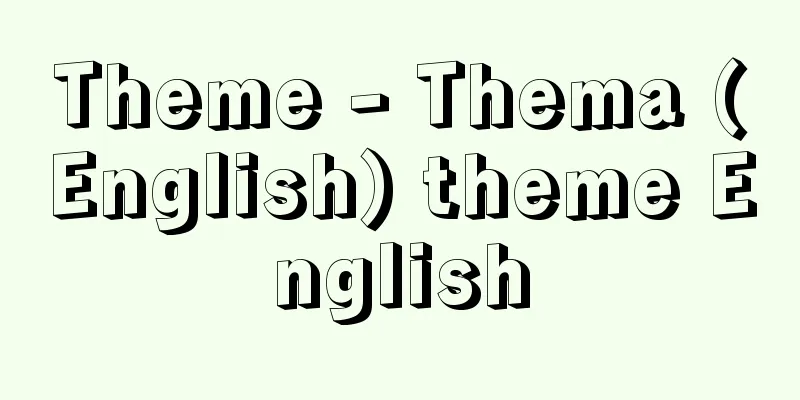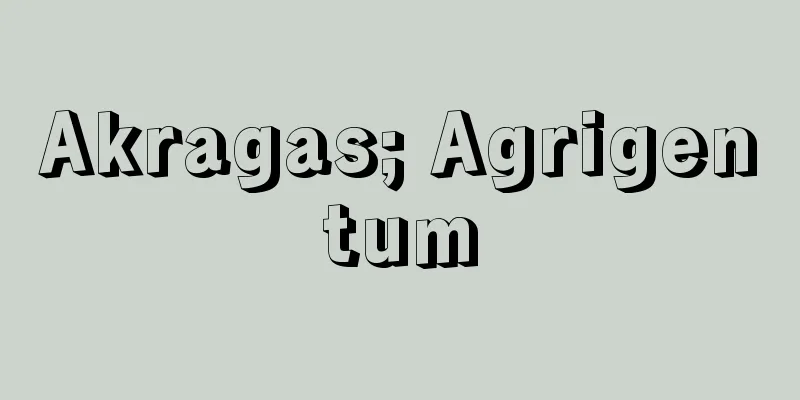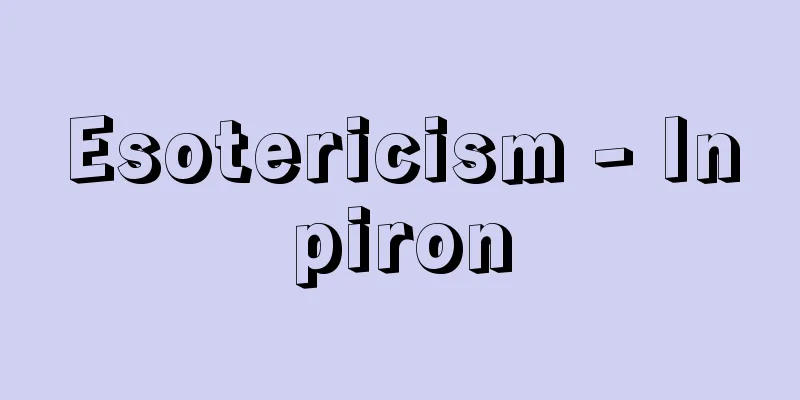Theme - Thema (English) theme English

|
Theme. In music, it refers to the central idea of a piece or movement, and is often used in sonata form, fugue, and variations. The form in which the theme is expressed varies greatly depending on the individual and the era. Generally, the theme of Western music since the 18th century is the first expression of a musical idea, and while showing distinctive characteristics in terms of the three elements of rhythm, melody, and harmony, it has musical unity and is composed of several small musical ideas (motives). The function of a theme is to be the starting point of a piece or movement, and to unify the whole through repetition and variation. For example, in a fugue, one theme is generally presented and imitated by each voice in turn. And a variation is a piece of music based on the transformation and embellishment of a theme in various ways. Sonata form usually has more themes than fugues and variations. In this case, two or more themes presented in the exposition (called the first theme, the second theme, etc. in the order of their appearance) are decomposed into several motives in the development section and developed by thematic elaboration. However, during the Romantic period, it became popular to create a piece of music from a single theme, and a fixed idea that further characterized the theme was also used as the basis for the composition of a piece of music. Thus, the theme represents a piece or movement in terms of its functional importance, and for major composers such as J.S. Bach and Mozart, a catalogue of themes was created for the complete works of themes. [Mariko Teramoto] Source: Shogakukan Encyclopedia Nipponica About Encyclopedia Nipponica Information | Legend |
|
主題。音楽においては、楽曲または楽章のもっとも中心となる楽想をさし、ソナタ形式の曲、フーガ、変奏曲に関して多く用いられる。テーマの表現形態は、個人や時代によってきわめて多様である。一般的に18世紀以降の西洋音楽のテーマは、楽想の最初の表現であり、リズム、旋律、和声の三要素の点で際だった性格を示しながら、音楽的なまとまりをもち、いくつかの小さな楽想(動機)から構成されている。 テーマの機能は、楽曲または楽章の出発点であるとともに、反復や変奏を通じて全体を統一することにある。たとえばフーガでは、原則として一つのテーマが提示され、各声部に順次模倣される。そして変奏曲は、さまざまな手法によるテーマの変形や装飾に基づく楽曲である。ソナタ形式は、通例フーガや変奏曲より多数のテーマをもつ。この場合、提示部で提示された二つまたはそれ以上のテーマ(登場順に第一主題、第二主題などとよぶ)は、展開部でいくつかの動機に分解され、主題労作の手法で展開される。しかし、ロマン派の時代には単一のテーマから楽曲を編み出すことが好まれるようになり、テーマをよりいっそう性格化した固定楽想を楽曲構成の基礎にすることも行われた。このように、テーマは機能の重要性において楽曲や楽章を代表しており、J・S・バッハやモーツァルトらの主要な作曲家に関しては全作品の主題目録が作成されている。 [寺本まり子] 出典 小学館 日本大百科全書(ニッポニカ)日本大百科全書(ニッポニカ)について 情報 | 凡例 |
Recommend
Calf
The bulging part of the lower leg is the colloquia...
Székely Z. (English spelling)
...For Kodaly, a nationalist who resisted the pol...
Arctic fox (Arctic fox)
A fox-like mammal (illustration) that lives in the...
Kagekiyomono
...The Kagekiyo of the Kojoruri is a direct adapt...
Camembert cheese
{〈Japanese〉camembert〈French〉+cheese} ⇒ Camembert S...
Cornelisz.van Haarlem (English spelling)
...However, this was only in Rome; in Florence, s...
Pressure injection valve - Pressure injection valve
…For example, the applications of (1) are as foll...
Kameda (Hakodate) Magistrate
...On the border with Ezo, Kumaishi Bansho in the...
Takashi Ishimoto
…During the Helsinki Olympics, he injured his kne...
Ultramarine
…After wandering around the world, he moved to Ca...
Carpenters - Carpenters (English spelling)
American vocal and instrumental group. Connecticu...
Abolition of atomic and hydrogen bombs - Gensui Bakukin Shiundo
A movement calling for the prohibition and abolit...
Pyu people - Pyu (English spelling)
An ancient ethnic group in Myanmar who spoke a lan...
Plymouth Colony - New Plymouth Colony
The first colony in New England (present-day easte...
Polytheism - Polytheism
When classifying religions according to the numbe...









